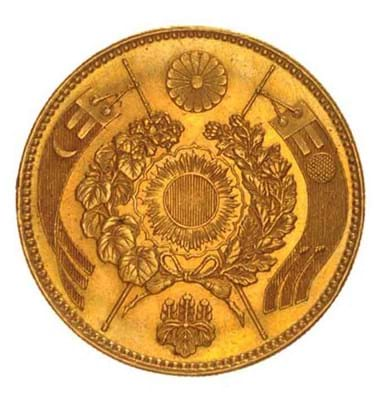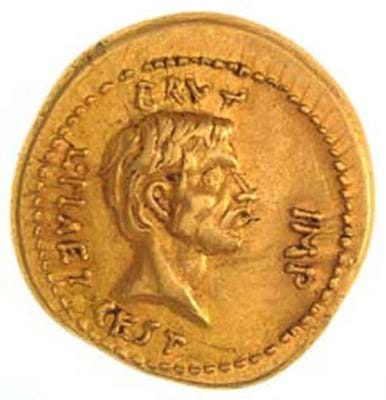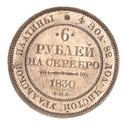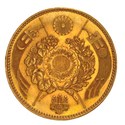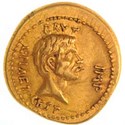Sworder's of Stansted Mountficthet in Essex dipped their toes in the numismatic world for the first time with a dedicated sale on March 12. The catalogue, a very glossy number, was as well produced as any from the London houses.
The 906 lots ranged from the ancient world until modern times. What's more, every lot sold to total £730,000, enough to make the London rooms jealous and surely a record for a coin sale outside the capital in the UK.
Being in the provinces was certainly no impediment to the attendance in the room. There were buyers from mainland Europe and even from Russia. Perhaps we are seeing into the future of coin auctions in the UK.
Appropriately, as the Ides of March approached, there was a gold aureus of the commemorative issue of the assassination of Julius Caesar in 44 BC. Described as a 19th century copy and carrying an estimate of £500-1000, the cataloguer noted that the coin had been shown to both the Fitzwilliam Museum and the British Museum but made no further comment.
Even in silver this is a very rare coin - there are many copies - and the gold examples have only come to light during the last generation.
The catalogue stated that only two examples are known and that one of these may be a copy, as was the one on offer here. About 60 examples of the denarius are recorded.
It sold at £2900 to a continental buyer.
The last decade has seen the Japanese develop a tremendous increased interest in their own coins. Sworders offered a rare Japanese 20 yen bearing the date 1870 and carrying an estimate of £12,000-15,000. It sold for £29,000.
The Russians have been assiduous in buying back their pre-revolutionary history in recent years. Here a six-rouble of 1830 attracted especial interest as it was one of the first coins ever struck in platinum. Estimated at £10,000-15,000, it took £21,000.
Just before Sworders' sale, Fellows of Birmingham held a 334-lot sale on February 27. The auctioneers did not publish a sale total but did disclose that the highest bid of the day was the £5000 (estimate £4000-6000) for a group of ten late 19th/early 20th century football medals won by one Albert Evans playing for Aston Villa. Later in life, after much world travelling, he returned as a coach until 1956.
On leap year day (February 29) it was the turn of Mellors and Kirk of Nottingham to hold a 677-lot sale. This was a useful dispersal for a goodly number of low-value coins. Low value they may have been, but the total of £85,380 is surely useful. Top price was the £720 paid for three Queen Victoria sovereigns (1853, 1864 and 1872).
There were also 117 lots of ancient coins followed by 90 lots of mainly English coins before the time (1664) when coins were machine-struck rather than "hammered" on an anvil.
Mellors and Kirk published a catalogue online rather than in print. Expect to see this become a more common practice as postage rates soar. The email for accessing their catalogues is enquiries@mellorsandkirk.com and it could well be worth tuning in from time to time.
Still on technology, most coin sales worldwide can now be found on www.sixbid.com. It allows you to send a specified lot number to a colleague or print out its details as well as leave a bid. This saves an awful lot in shelf space and postal costs for auction houses.
Carlisle auctioneers Thompson, Roddick & Medcalf have held coin and medal sales for quite some years. Their March 15 sale was successful as usual. One of the treasures sold was a Scottish James III (1484-88) gold unicorn. Estimated at £1800-2200, it found a new home at £2700.
Some serious coins are now being offered outside London. I look forward to seeing more of them.


